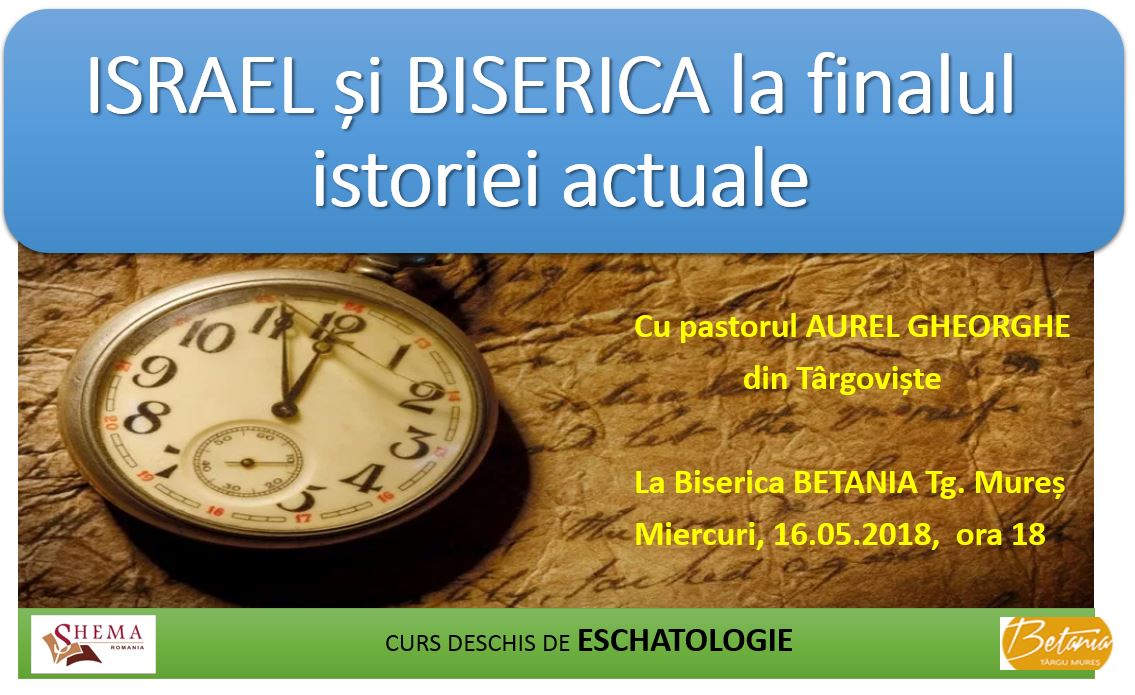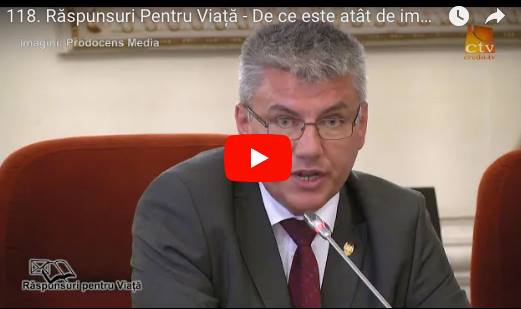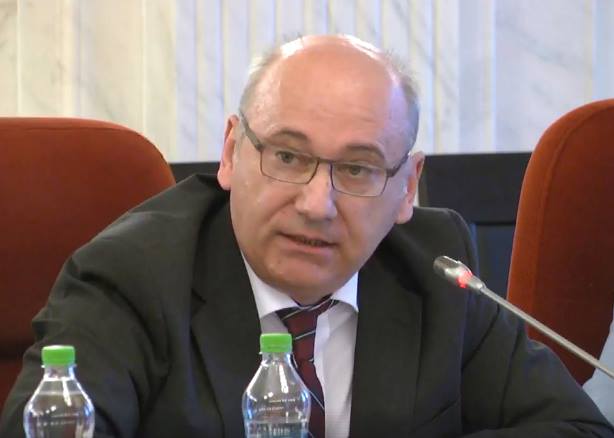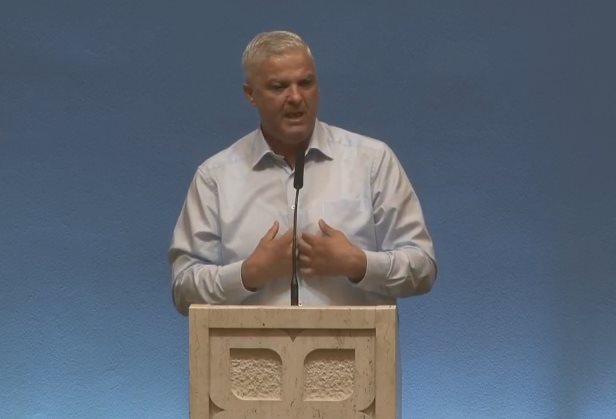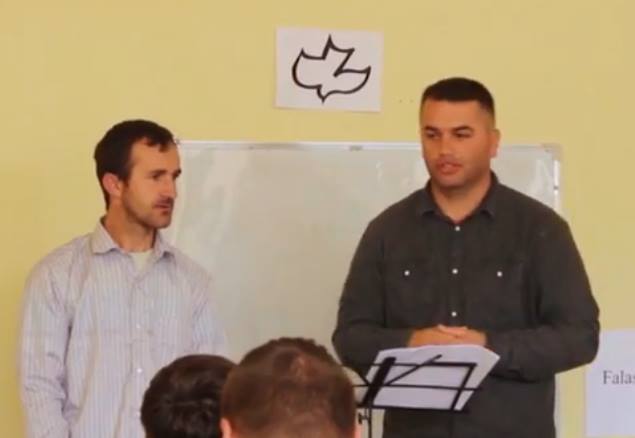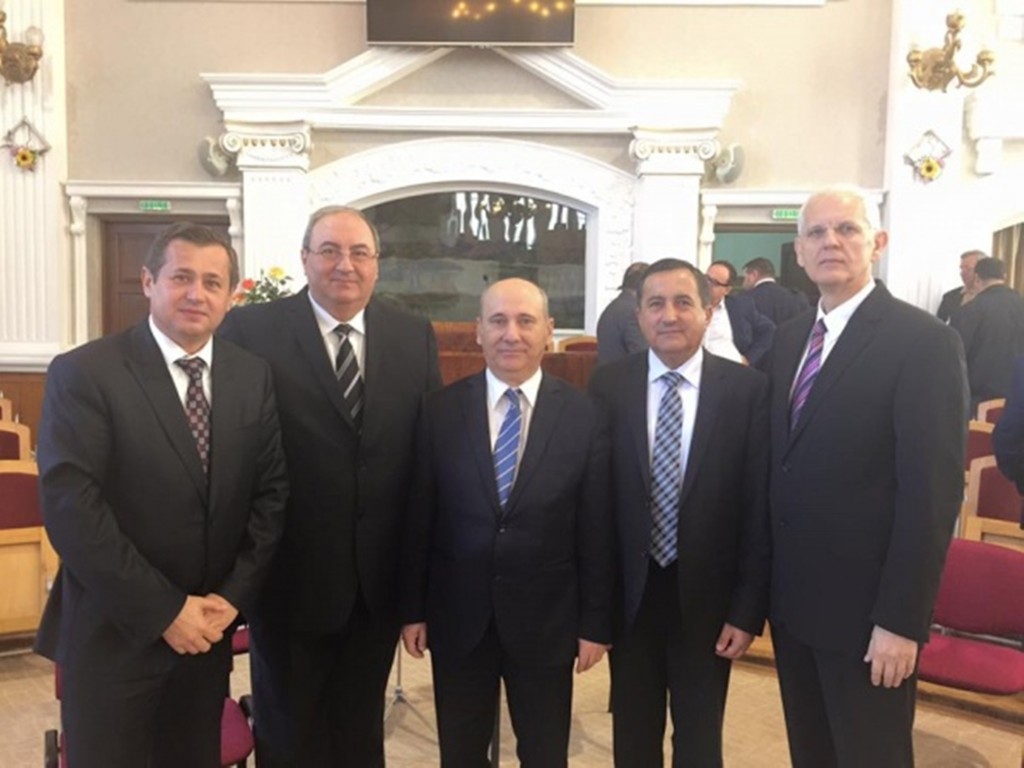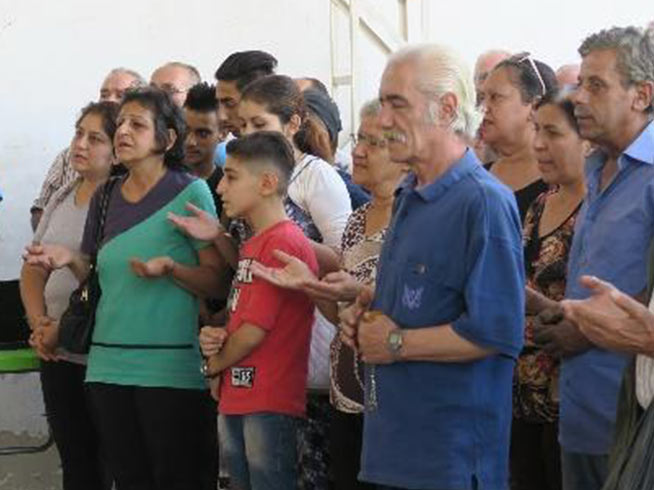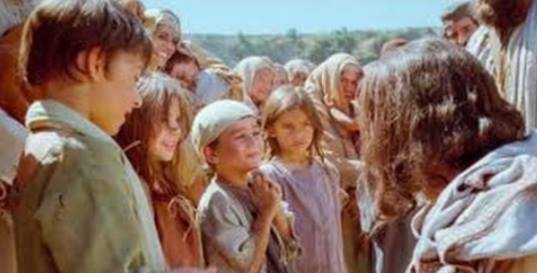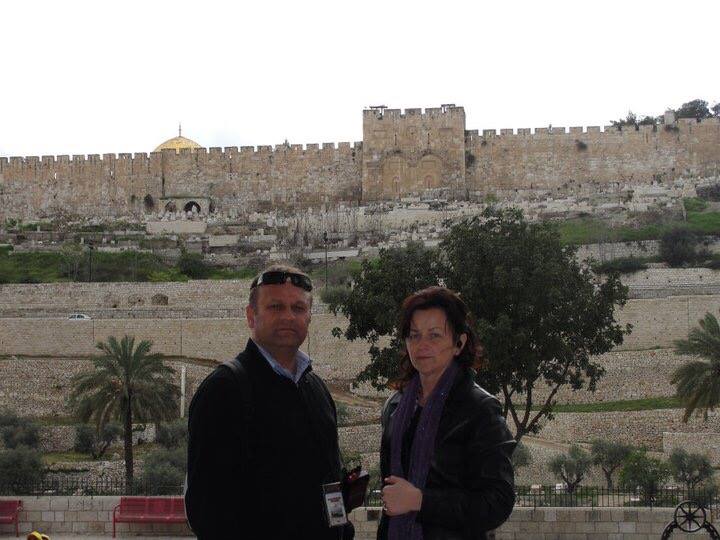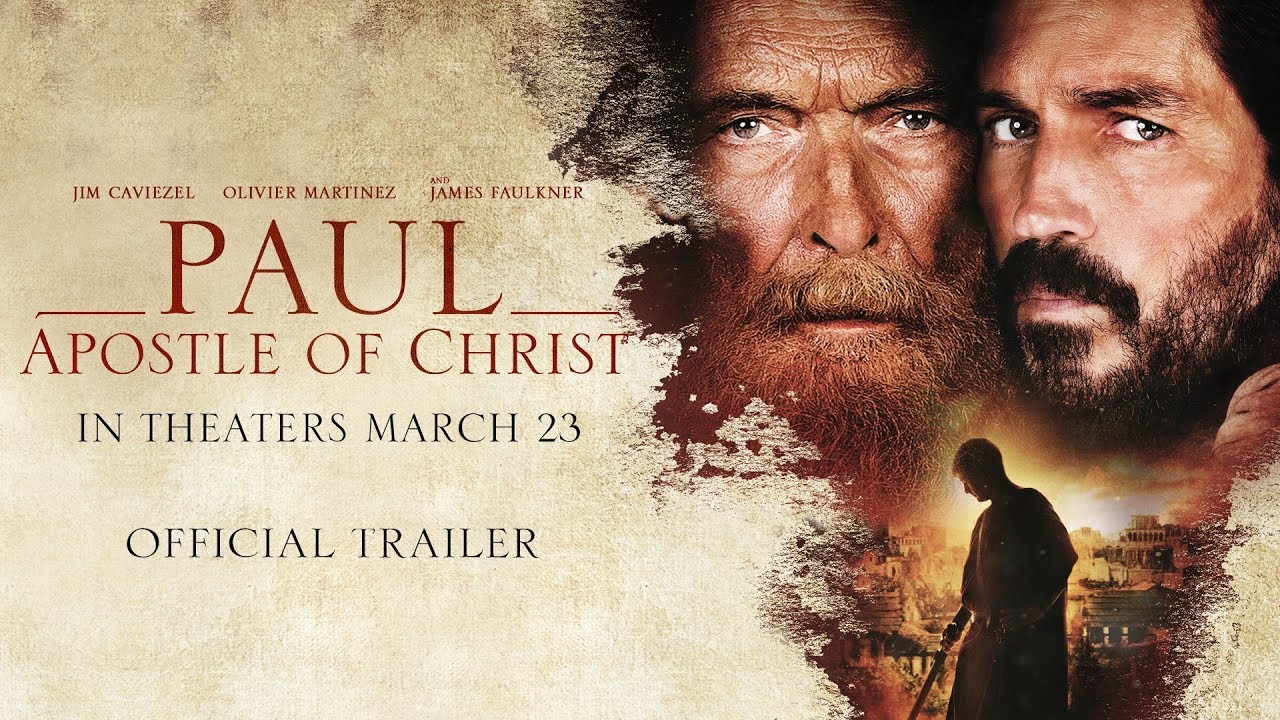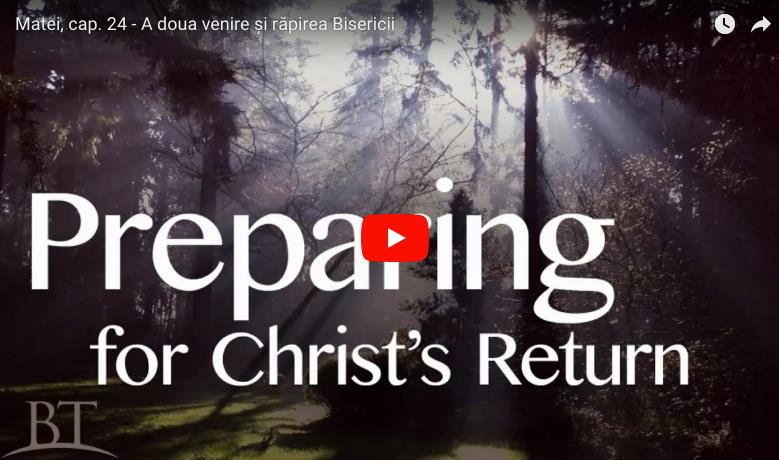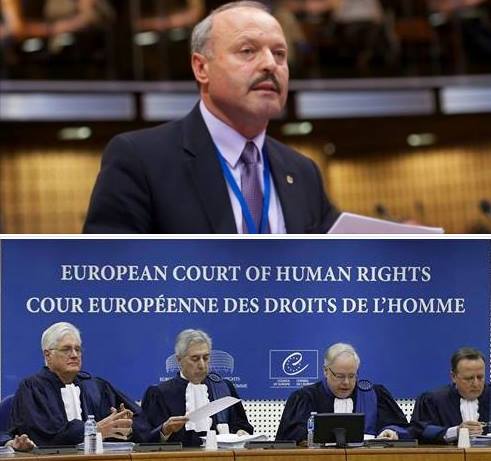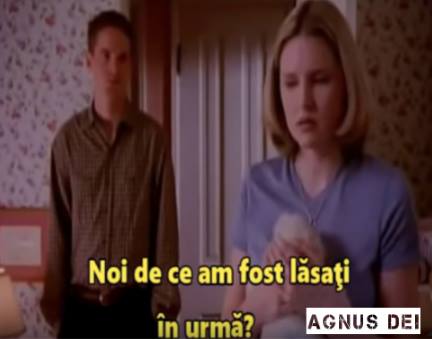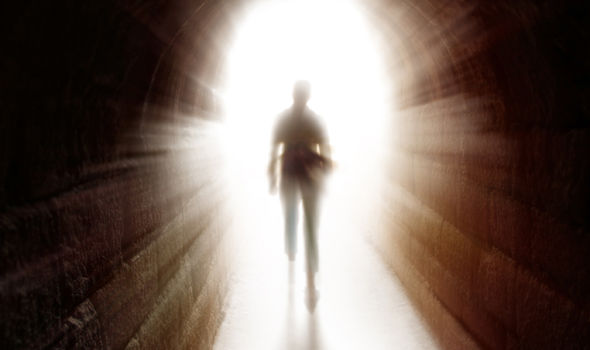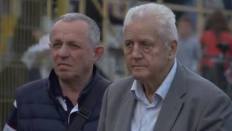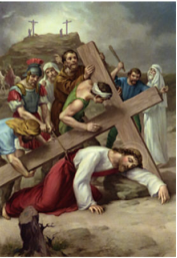by Justin Holcomb at the Resurgence
Of all the teachings of Christianity, no doctrine is more central than the bodily resurrection of Jesus Christ from the dead. Put bluntly, if Jesus Christ claimed to be the savior but remains dead in a tomb after a brutal crucifixion, his claims were, and are, meaningless. However, if Jesus did rise from death, then his claims to deity, his bearing the penalty of our sins in our place on the cross, and his statements about the afterlife are vindicated.
No future without the resurrection
Without the resurrection, Christians have no savior and are left without hope of a future resurrection, since Christ himself did not rise. Paul writes in 1 Cointhians 15:14 and 17, “If Christ has not been raised, then our preaching is in vain and your faith is in vain…And if Christ has not been raised, your faith is futile and you are still in your sins.” On this basis alone, it is fair to say that Paul saw the resurrection as the lynchpin of the Christian faith.
Throughout the history of the church, the truth of the resurrection has been attacked from every angle. New books and television media appear questioning the truth of the resurrection, by re-hashing old theories about what happened to Jesus’ body. Since the resurrection is crucial to Christianity, Christians ought to be concerned with giving an apologetic defense of it.
Historically credible accounts
The first step is defending the resurrection from the detractors is to establish the fact of the historical events that took place as conveyed in the Gospels. As William Lane Craig notes in his book Reasonable Faith, “The issue is whether the gospel narratives are historically credible accounts or unhistorical legends.”
The resurrection can be defended by showing that the Gospel accounts were:
- authentic—that they were written by the authors who claimed them
- pure—that they were not changed from their original form
- reliable—that the apostles were neither deceived nor deceivers
Even Bart Ehrman, the notorious New Testament critic, says that “we can say with some confidence that some of his disciples claimed to have seen Jesus alive.”
Not only an empty tomb
In his impressive book The Resurrection of the Son of God, N. T. Wright establishes the fact of the historical events that took place as conveyed in the Gospels. He sketches a map of ancient beliefs about life after death in both the Greco-Roman and Jewish worlds. He then highlights the fact that the early Christians’ belief about the afterlife belonged firmly on the Jewish spectrum, while introducing several new mutations and sharper definitions. This, together with other features of early Christianity, forces the historian to read the Easter narratives in the Gospels, not simply as late rationalizations of early Christian spirituality, but as accounts of two actual events: the empty tomb of Jesus and his appearances.
“Since the resurrection is crucial to Christianity, Christians ought to be concerned with giving an apologetic defense of it.”
The Gospel accounts are historically credible, not merely mythological legends embellished over time.
In the next two posts, we will see that the resurrection is the best explanation of the historical events, over and against rival hypotheses.
A defense of the resurrection must give evidence for the historical validity of the events described in the New Testament, and it must show how the resurrection of Jesus provides the best explanation for this historical data. In this post we will focus on the empty tomb of Jesus Christ.
The empty tomb
One of the easiest parts of the resurrection data to establish is the fact that the tomb is empty. Because the location of Jesus’ burial was known to those living in Jerusalem, it would have been unlikely that they would have believed the Apostolic preaching of the resurrection of Christ if there was not an empty tomb. Jesus’ burial is widely attested in early, independent testimonies, both biblical and extra-biblical.
Furthermore, as is often noted, women were not considered reliable witnesses in first century Jewish culture, so it would have been foolish for the authors to have fictionally constructed an account involving women in order to gain credibility.
“The person who wishes to deny the resurrection of Christ is left with the unexplained mystery of the empty tomb that existed three days after his death.”
Matthew 28:11–15 speaks of a myth that was spread among the Jews concerning the body of Christ. Apparently the Jews were saying the disciples stole the body of Christ. This is significant because the Jews did not deny the tomb was empty, but instead sought an alternative explanation to the resurrection. The emptiness of the tomb is a widely attested historical fact.
Just because the tomb of Christ was empty does not necessarily mean the resurrection happened. Indeed, there have been four alternative hypotheses to resurrection that have been advanced over the years.
Conspiracy theory
First, some offer the conspiracy hypothesis, which says the disciples stole the body of Christ and continued to lie about his appearances to them. On this account, the resurrection was a hoax.
This hypothesis is not commonly held in modern scholarship for several reasons:
- This hypothesis does not take into account that the disciples believed in the resurrection. It is highly unlikely that numerous disciples would have been willing to give their lives defending a fabrication.
- It is unlikely that the idea of resurrection would have entered the minds of the disciples, as such an event was not connected to the Jewish idea of a Messiah. The scholar William Lane Craig writes, “If your favorite Messiah got himself crucified, then you either went home or else you got yourself a new Messiah. But the idea of stealing Jesus’ corpse and saying that God has raised him from the dead is hardly one that would have entered the minds of the disciples.”
- This hypothesis cannot account for the post-resurrection appearances of Christ.
Apparent death
The second hypothesis attempting to explain away the resurrection is the apparent death hypothesis. This view says Jesus was not completely dead when he was removed from the cross. Once in the tomb, Jesus was revived and escaped, thus convincing the disciples of his resurrection.
This view is difficult to hold for a few reasons:
- It is unlikely that a half-dead man would have been capable of even getting up to walk, much less moving the stone that sealed the tomb, over-powering Roman guards, and fleeing from sight.
- This theory cannot account for the disciples’ attribution of resurrection to Christ, for if they had seen him after he was revived, they would have merely thought he had never died.
- It is also foolish to think the Romans, who had perfected the art of killing people, would have let one slip by without ensuring he was dead.
- Finally, given the physical torture described in the Gospel accounts, it is highly unlikely that Jesus could have survived.
Wrong tomb
Third, the wrong tomb hypothesis suggests the women had gotten lost on their way to the empty tomb and accidentally stumbled upon the caretaker of an empty tomb. When the caretaker said, “Jesus is not here,” the women were so disoriented they fled, their story later being developed into a resurrection myth.
Like the other theories, virtually no one holds to this view. There are at least three reasons:
- First, this theory does not explain the post-resurrection appearances, and it is spurious to think that such a simple mistake would have led a first-century Jew to think a resurrection had happened.
- In light of the early evidence that is available concerning the location of Jesus’ tomb, it is almost impossible that the women would have confused its location.
- This hypothesis emphasizes that the caretaker of the tomb said that Christ was not there, but it passes over the next phrase: “He is risen!”
Displaced body
Fourth, some propose the displaced body hypothesis to explain Jesus’ resurrection. This theory says Joseph of Arimathea placed Jesus’ body in his own tomb but later moved it to the criminal’s graveyard. The disciples were not aware that Jesus’ body had been moved and therefore wrongly inferred that he had risen from the dead.
Because of the spurious nature of this theory, virtually no modern scholars hold to it:
- This theory cannot account for the post-resurrection appearances of Christ or the origin of the Christian faith.
- It is uncertain why Joseph would not have corrected the error of the disciples by simply showing them where he had moved the body of Jesus.
- The criminal graveyard, most likely, was quite close to the crucifixion site, so it would have made little sense why Joseph would not have simply buried Jesus there in the first place. In fact, it was against Jewish law to allow a body to be moved after it had already been buried.
The resurrection really happened
In light of these failed hypotheses that attempt to disprove the resurrection, the person who wishes to deny the resurrection of Christ is left with the unexplained mystery of the empty tomb that existed three days after his death.
A defense of the resurrection must give evidence for the historical validity of the events described in the New Testament, and it must show how the resurrection of Jesus provides the best explanation for this historical data.
The Post-Resurrection Appearances
In 1 Cor. 15:3-8, Paul says that Jesus appeared to Cephas, the Twelve, more than five hundred people at once, James, all the apostles, and finally to Paul himself. 1 Corinthians, an authentic letter composed by a man acquainted with the first disciples, actually claims that people saw Jesus after his death.
Because of the specificity of the list that Paul puts forth, it is fairly indisputable that Jesus actually appeared to the people that Paul mentions. The gospels all speak of post-resurrection appearances of Christ. It would be quite ridiculous to suggest that each of these events was a hallucination. Few scholars argue, therefore, that on different occasions different groups of people had experiences of seeing Jesus. They therefore question whether the experiences were actual physical, bodily appearances of Christ. However, Paul leaves no room for a merely psychological experience. His theology of the resurrected body ensures that he meant that Christ actually, physically appeared. This is confirmed by the gospel accounts. In light of this evidence, one can be certain of the fact that Jesus appeared to the people mentioned in 1 Cor. 15 after his bodily resurrection.
A Plausible Explanation
The resurrection is the most plausible explanation for the postmortem appearances of Christ. The alternative—the hallucination hypothesis—says nothing to explain the empty tomb. Nor does it explain the disciples’ belief in the resurrection. In typical psychological postmortem experiences, the person having the experience rarely would think that a dead person actually returned physically to life. As N.T. Wright argues, postmortem appearances in the ancient world would be more evidence that the person was dead than that he was alive.
Because of the diversity of appearances catalogued, it is highly unlikely that the hallucination theory can be held. Therefore, the physical resurrection of Jesus proves to be the best explanation for the postmortem appearances described in 1 Cor. 15.
The Origin of the Christian Faith
The fact that Christianity started and grew is evidence for the resurrection. William Lane Craig writes: “Even skeptical New Testament scholars admit that the earliest disciples at least believed that Jesus had been raised from the dead.” For Jews, the Messiah was viewed as a figure that would be triumphant and rule on David’s throne, not a figure that would be crucified and die.
The resurrection undid the catastrophe of the crucifixion. The Messiah, who had died, is risen! The resurrection validated and verified the claims that Christ had made about his own identity. The origin of Christianity rests solely on the fact that Jesus Christ rose from the dead.
“The resurrection validated and verified the claims that Christ had made about his own identity. ”
To deny that the resurrection was the cause of the Christian faith, an alternative explanation must be given. But there is no plausible alternative. Therefore, “Even if we grant, for the sake of argument, that the tomb was somehow emptied and the disciples saw hallucinations—suppositions which we have seen to be false anyway—the origin of the belief in Jesus’ resurrection still cannot be plausibly explained” (Craig).
Come Let Us Reason…
It stands to reason that Jesus Christ did in fact rise from the dead victoriously on the third day after his death. No alternative hypothesis can adequately explain the empty tomb, the postmortem appearances of Jesus, and the origin of the Christian faith. For this reason, one has no good reasons why not to accept this most central element of Christianity.
 Este oare iertare pentru tot ce am facut?
Este oare iertare pentru tot ce am facut?
 Noi nu cumparam cerul. Nu cautati pe Dumnezeu intr-un mod comercial. Mai intai de toate trebuie sa fii in inima ta credincios si asta inseamna ca tu stii masura credintei tale. Daca esti sau nu al lui Isus Hristos, ti-o spune timpul petrecut in rugaciune, ti-o spune setea dupa Scriptura. Ti-o spune daca ai facut sau nu compromisuri in viata ta.
Noi nu cumparam cerul. Nu cautati pe Dumnezeu intr-un mod comercial. Mai intai de toate trebuie sa fii in inima ta credincios si asta inseamna ca tu stii masura credintei tale. Daca esti sau nu al lui Isus Hristos, ti-o spune timpul petrecut in rugaciune, ti-o spune setea dupa Scriptura. Ti-o spune daca ai facut sau nu compromisuri in viata ta.
















